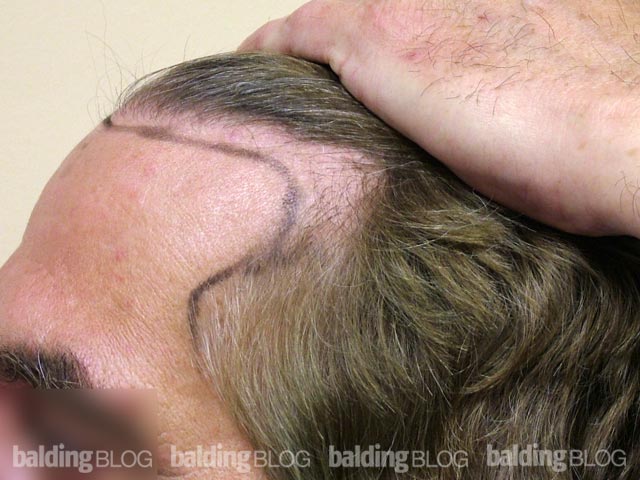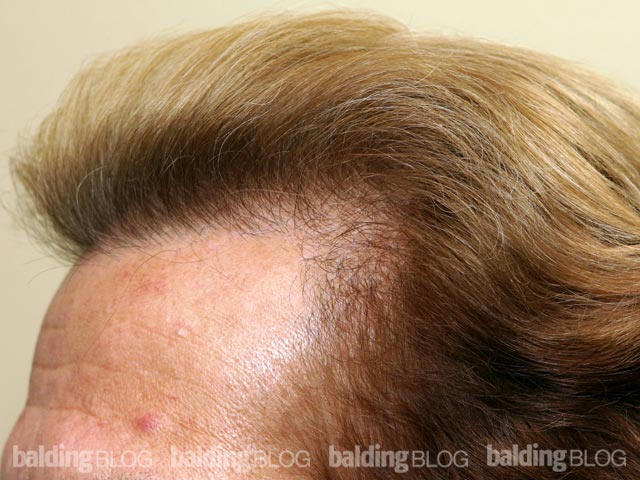I had a hair transplant surgery 3 months ago. Immediately after my hair transplant,and im talking about the 1.5 to 2nd month, i realized my hair to grow up as now im on the 3rd month and my right hairline is covered with hair, something that does not happen on the right. My doctor also had confirmed this with me in front.My question is, is it guaranteed that my hair where the transplanted area is will continue to grow and generate new hair until the 6-8 month as expected?is there any chance to stop growing from now on?
Thanks
Some hair will grow immediately in about 5% of patients and 5% of the hairs. You might still see more over time, but not more than 100% of what was transplanted. Nobody ever gets two for one.
![]()
![]()
Paid advertisements (not an endorsement):



 There are no easy answers to your problem. We can slow hair loss with drugs like Propecia (finasteride 1mg) and we can force some new hair to grow (or slow down the fall out) in some people with minoxidil. However, putting your hair back to its state prior to losing it, is just not where today’s medical science is. The good news, depending upon your age, is that a
There are no easy answers to your problem. We can slow hair loss with drugs like Propecia (finasteride 1mg) and we can force some new hair to grow (or slow down the fall out) in some people with minoxidil. However, putting your hair back to its state prior to losing it, is just not where today’s medical science is. The good news, depending upon your age, is that a 

